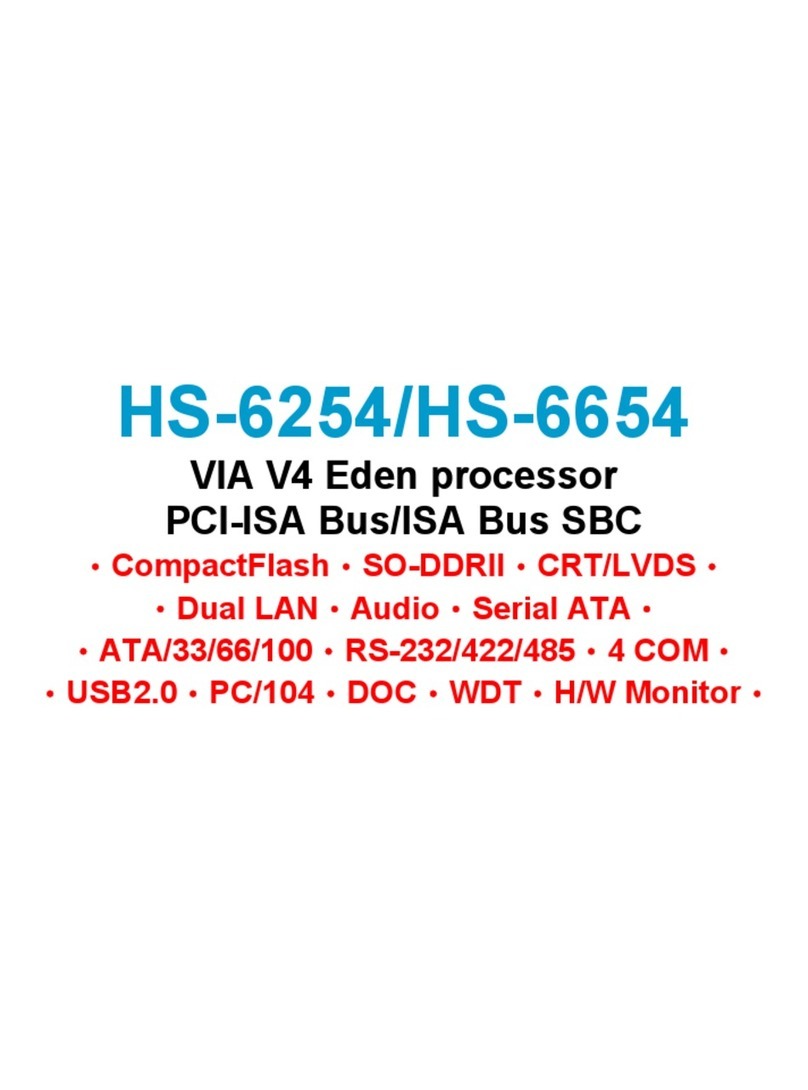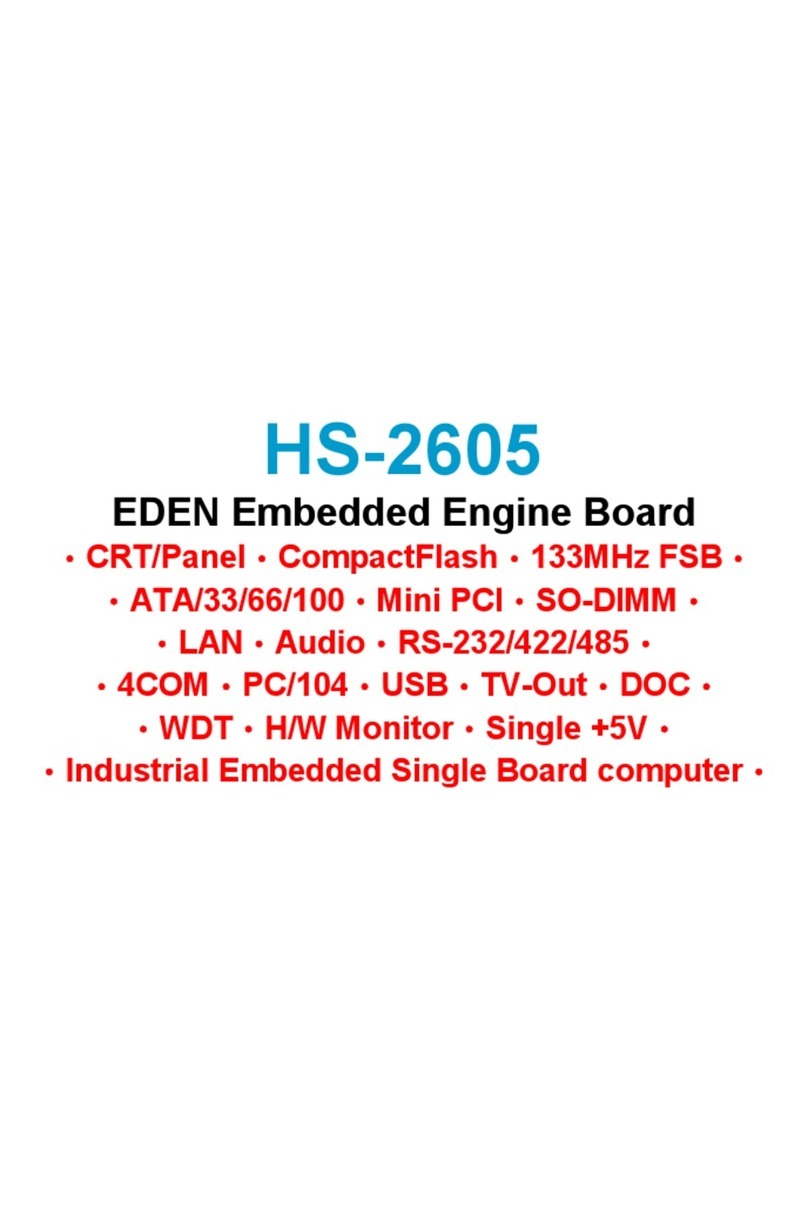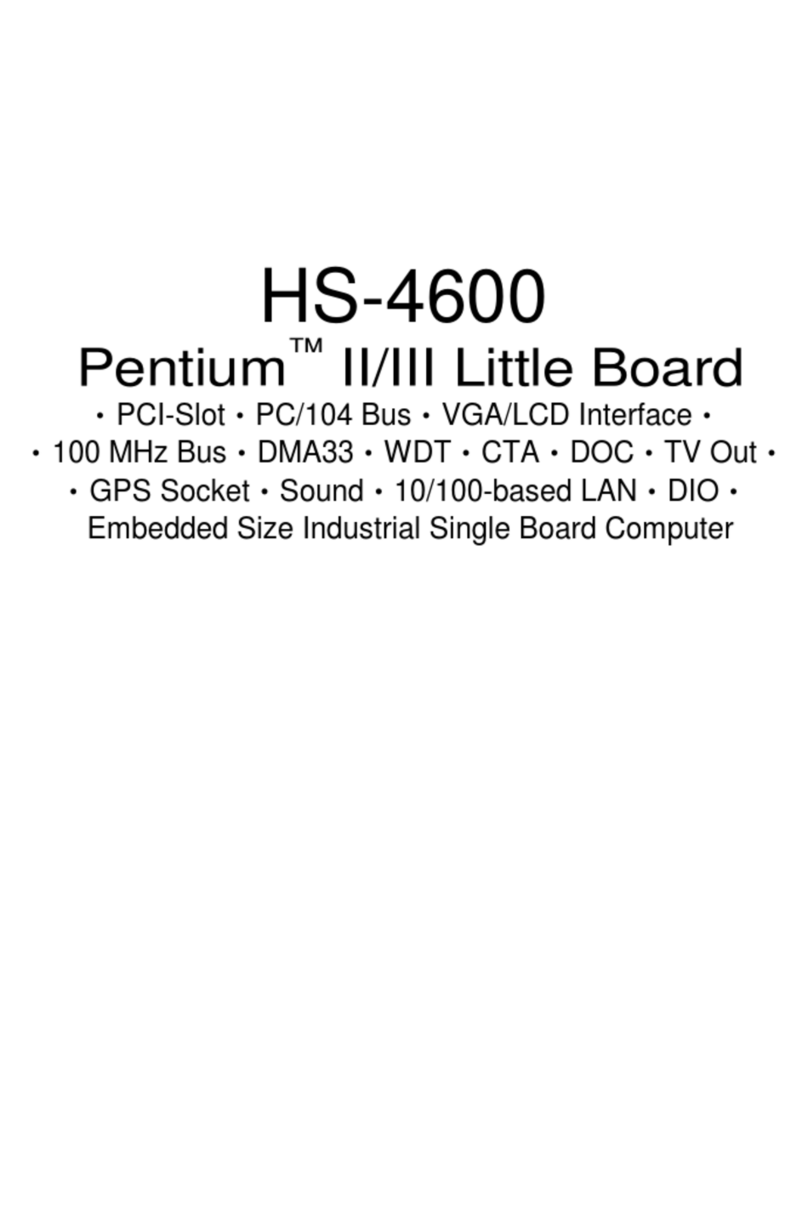
Chapter 4 AMI BIOS Setup.....................................31
4.1 Starting Setup...................................................................... 31
4.2 Using Setup ......................................................................... 32
4.3 Main Menu............................................................................ 33
4.4 Standard CMOS Setup........................................................ 34
4.5 Advanced CMOS Setup ...................................................... 35
4.6 Advanced Chipset Setup.................................................... 36
4.7 Power Management Setup ................................................. 37
4.8 PCI / Plug and Play Setup................................................... 38
4.9 Peripheral Setup.................................................................. 39
4.10 Hardware Monitor Setup..................................................... 40
4.11 Auto-Detect Hard Disks...................................................... 41
4.12 Change Supervisor/User Password.................................. 42
4.13 Auto Configuration with Optimal Settings ....................... 43
4.14 Auto Configuration with Fail Safe Settings...................... 44
4.15 Save Settings and Exit........................................................ 45
4.16 Exit Without Saving............................................................. 46
Chapter 5 Software Utilities.....................................47
5.1 IDE Driver Installation......................................................... 47
5.2 VGA Driver Installation....................................................... 52
5.2.1 VGADriverInstallationforWIN95/98/2K........................................52
5.2.2 VGADriverInstallationforWINNT4.0................................................55
5.3 LAN Driver Installation........................................................ 58
5.3.1 LANDriverInstallationforWIN95/98/2K.........................................58
5.3.2 LANDriverInstallationforWINNT4.0.................................................64
5.4 Audio Driver Installation..................................................... 74
5.5 USB2.0 Driver Installation.................................................. 77
5.5.1 Win95/98 ........................................................................................................77
5.5.2 Win2000 .......................................................................................................78
5.5.3 WinXP .......................................................................................................82
5.6 COM5~COM8 Driver Installation........................................ 84
5.6.1 Win2000 .......................................................................................................84
5.6.2 WinXP .......................................................................................................86

































